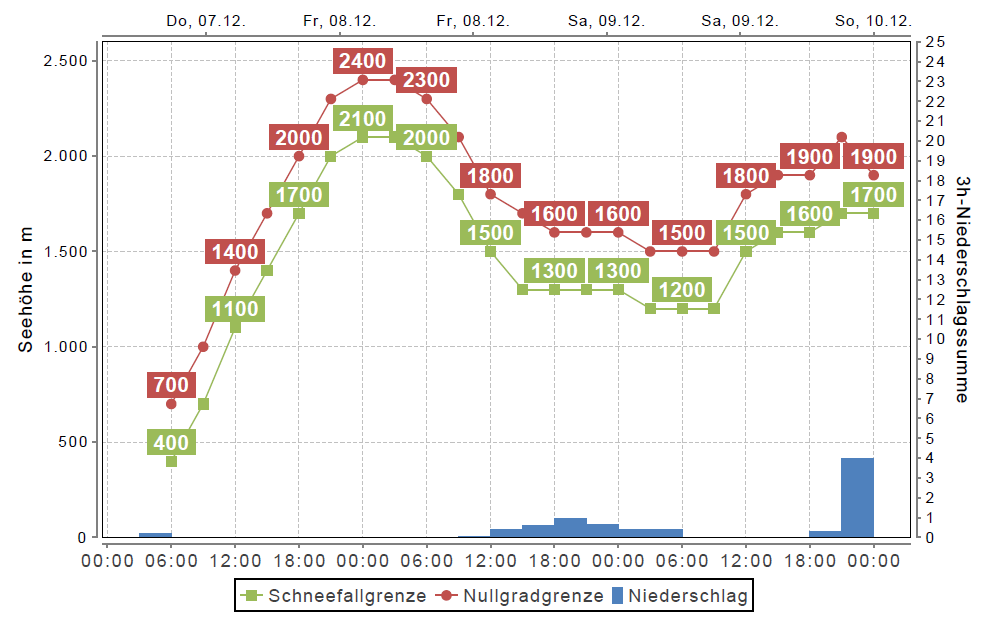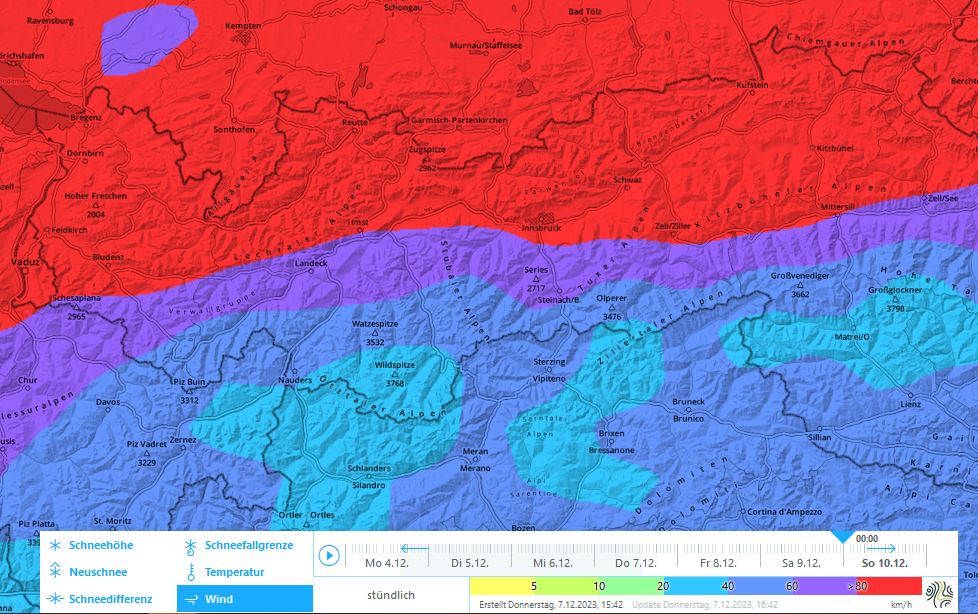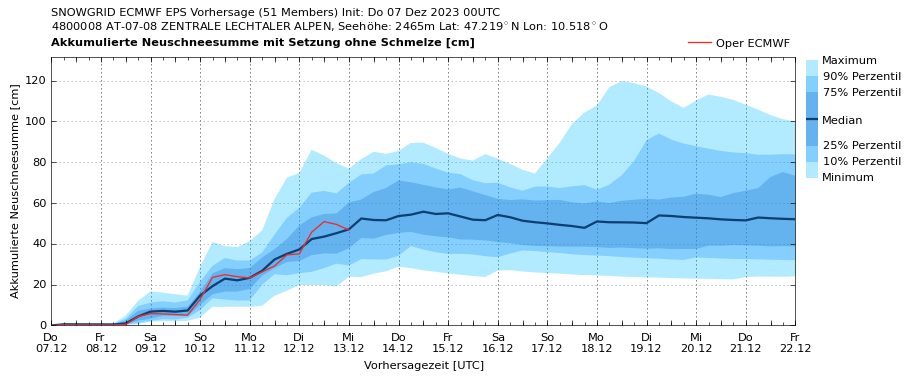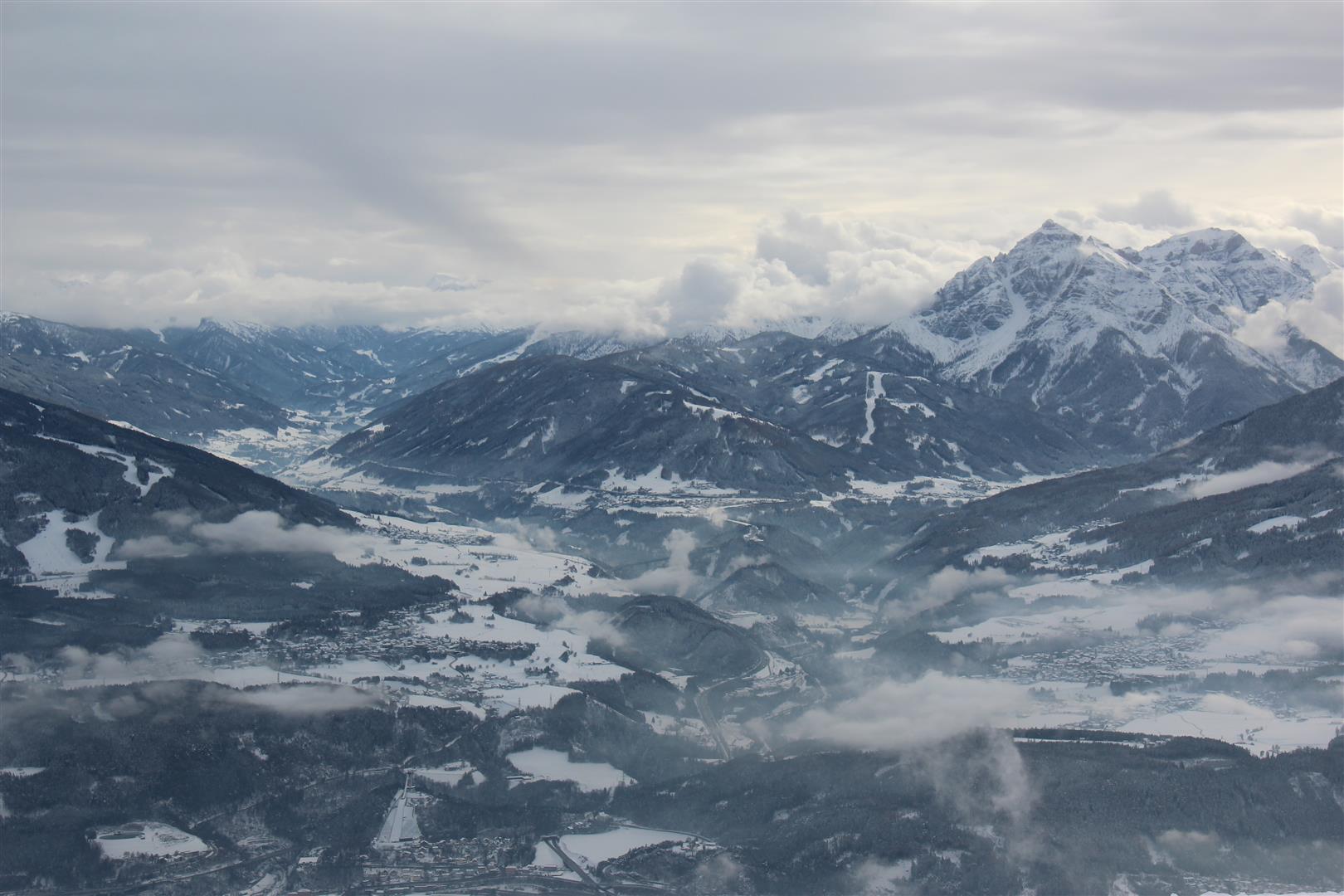Reports from outlying terrain and recent snowpack analysis currently point to moderate avalanche danger widespread. Triggerings in the old snow are possible esp. above 2200 m. Caution urged particularly in very steep terrain in transitions from shallow to deeper snow. In addition, we are still faced with a gliding snow problem on steep grassy slopes. Avoid zones below glide cracks.
The persistent weak layer
A persistent weak layer comes from a long enduring weak layer inside the snowpack. Such weak layers occur currently at mid-level and in the lowermost parts of the snowpack. Tests show quite different pictures at varying altitudes, making it impossible to differentiate among the endangered areas or point to certain aspects.
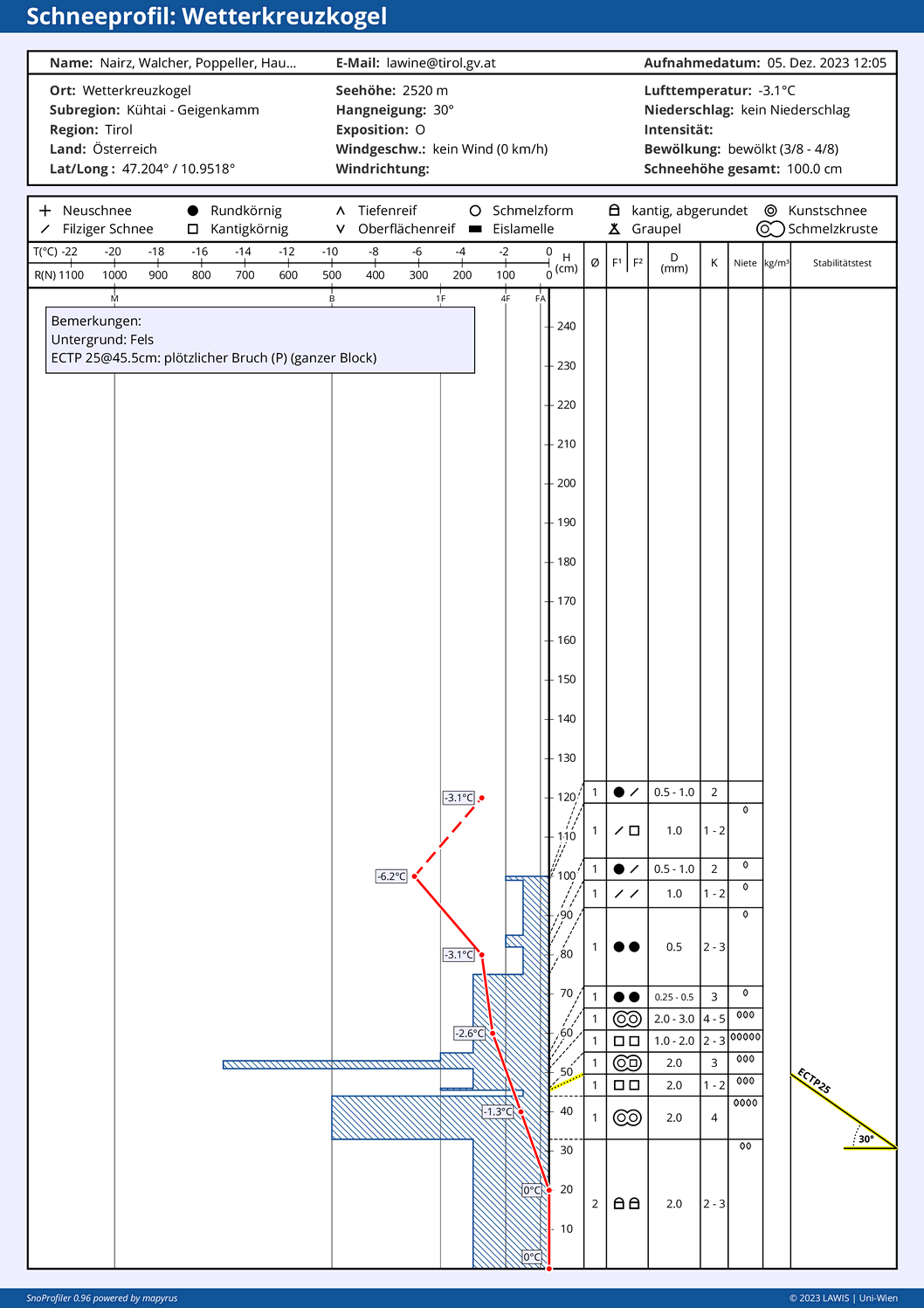
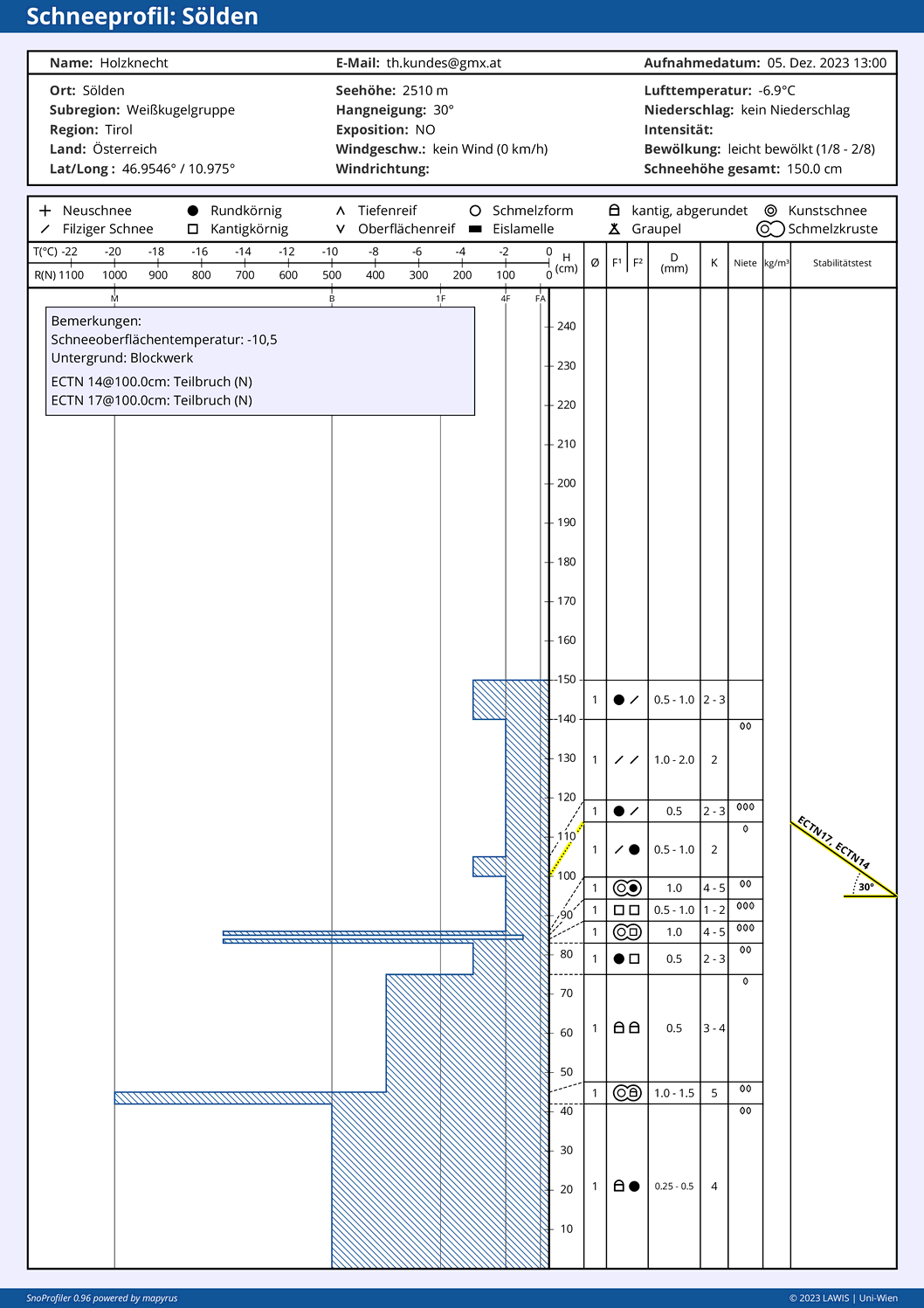
The gliding snow problem
Since last weekend’s snowfall there have been numerous glide-snow avalanches triggered in Tirol, most of them medium-sized. Some buried road sectors. The prerequisites for the entire snowpack gliding downhill are still in place: the snowpack is moist or wet at ground level. Through the rising temperatures, that situation will persist. For that reason, avoid areas below glide cracks. When such an avalanche will trigger is impossible to predict.
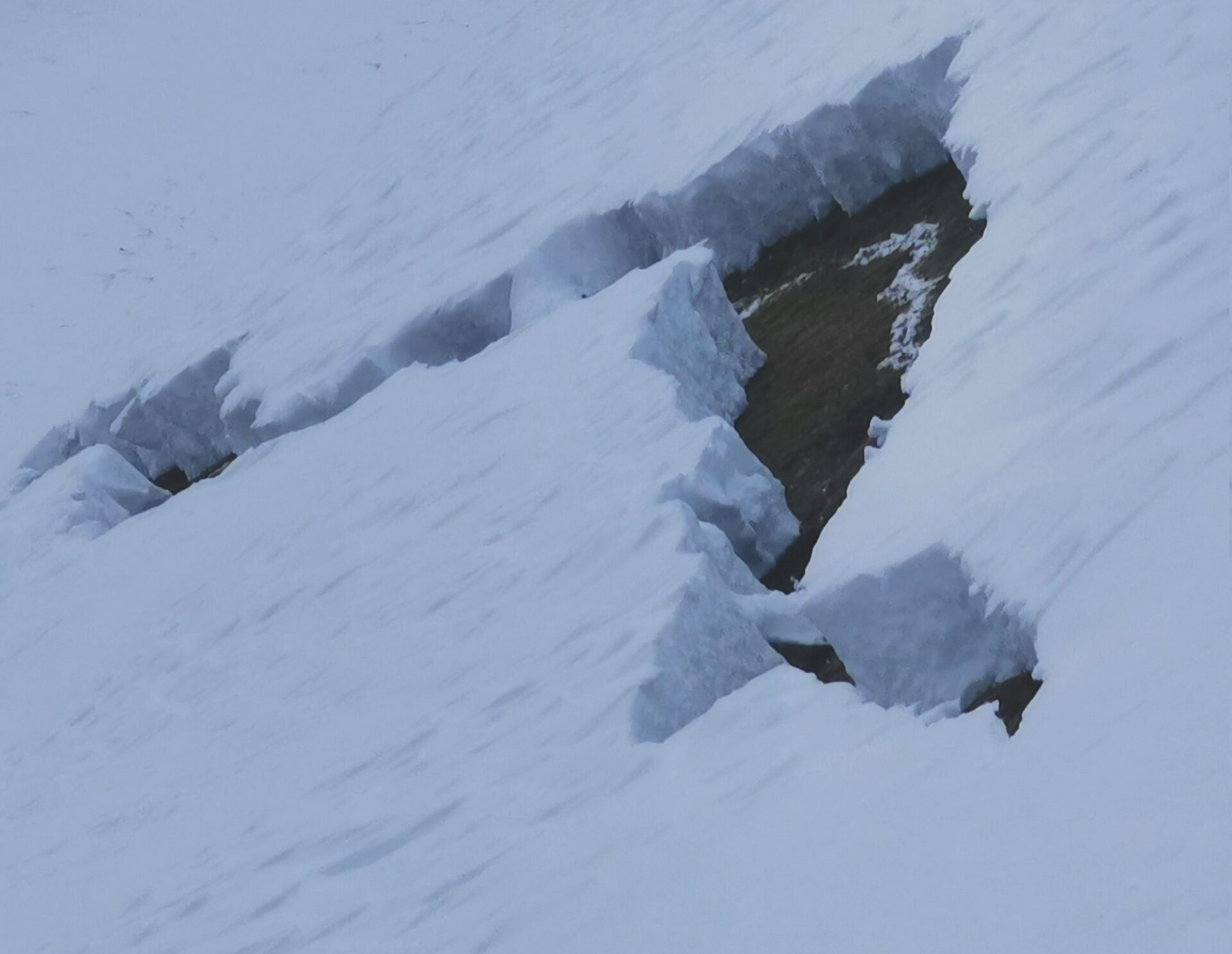
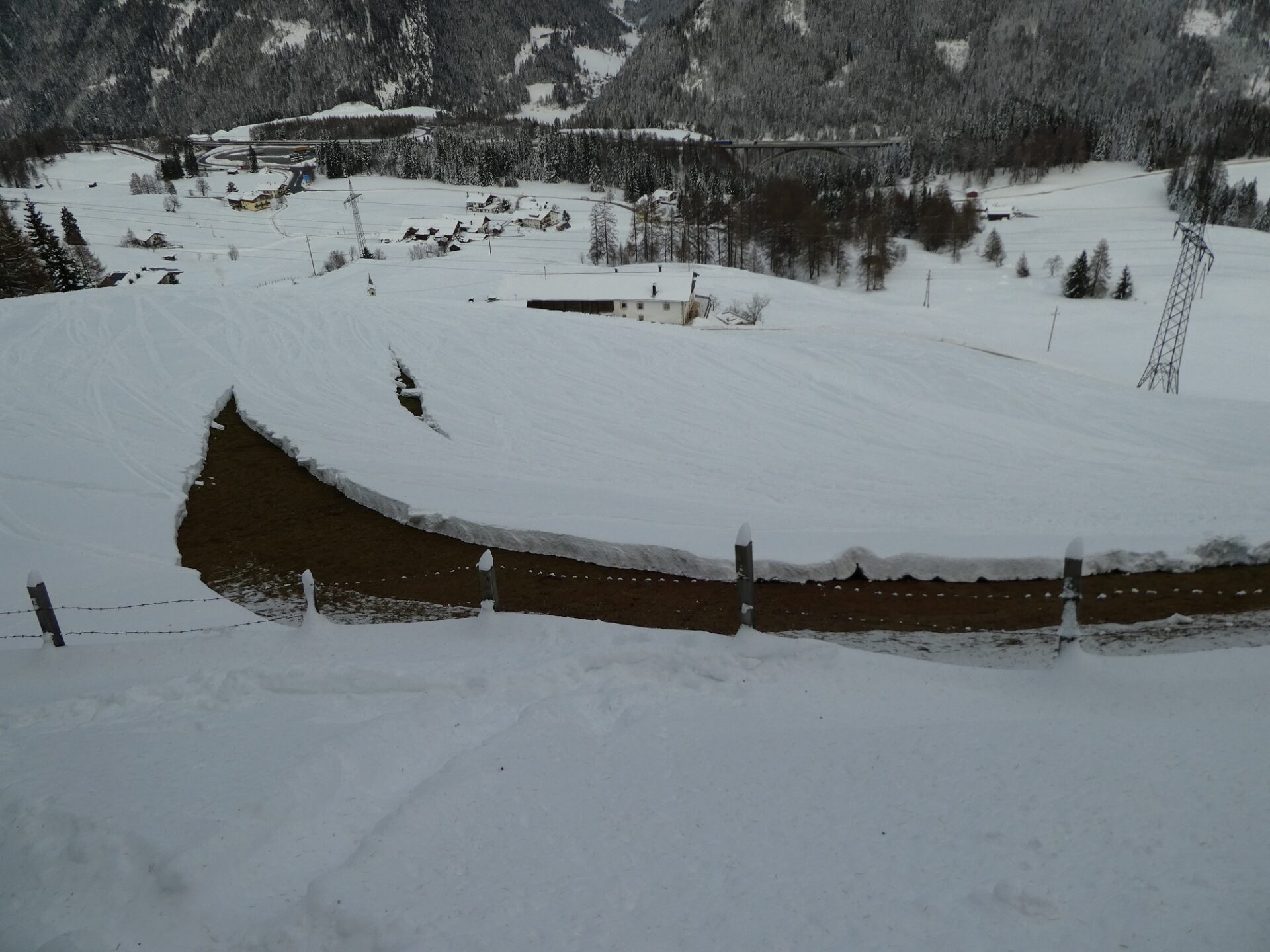
Assorted
There are above average amounts of snow on the ground for this juncture of the season except in East Tirol at low and intermediate altitudes. Last weekend, most of the precipitation fell as rain there.
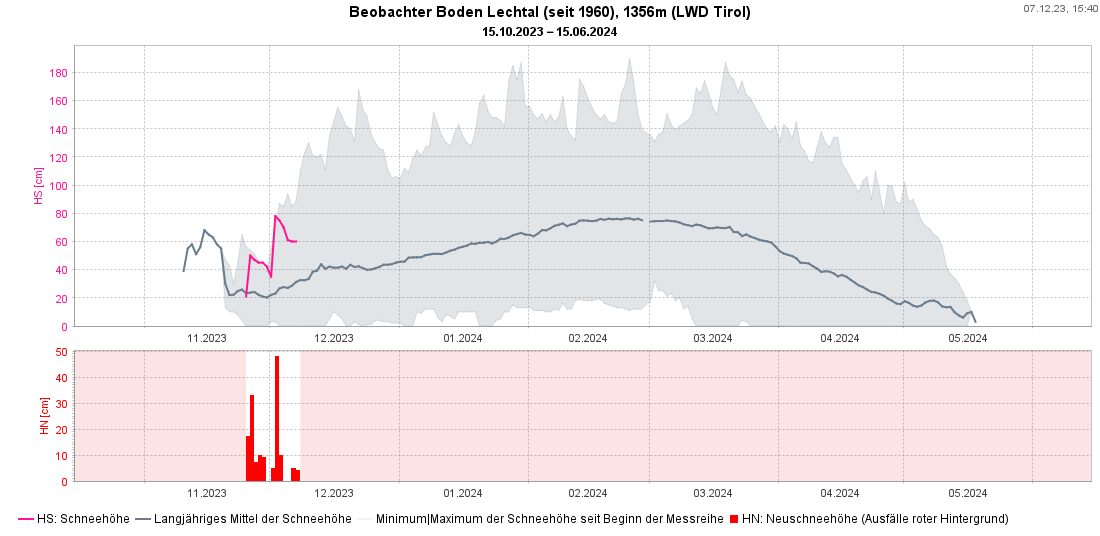
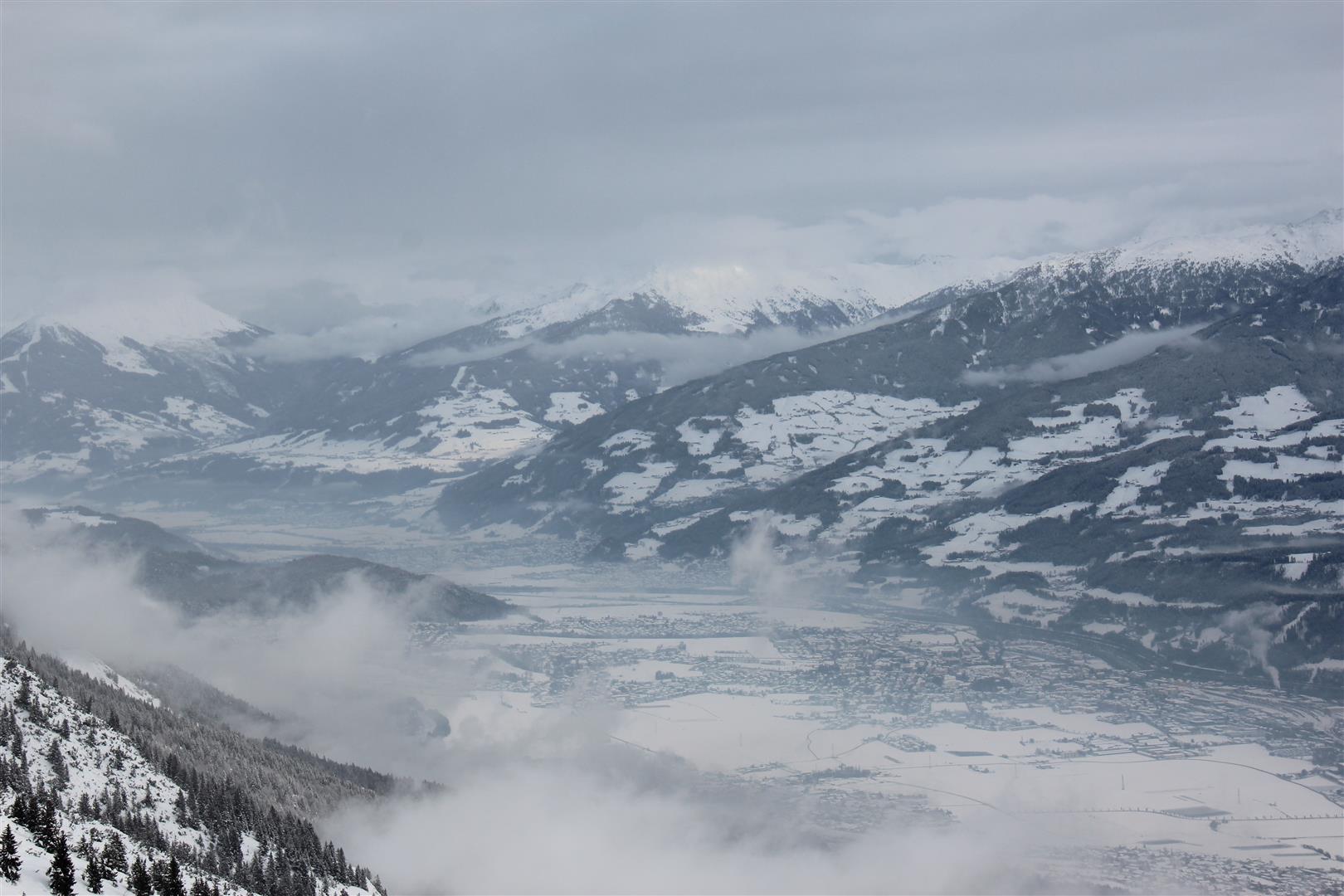
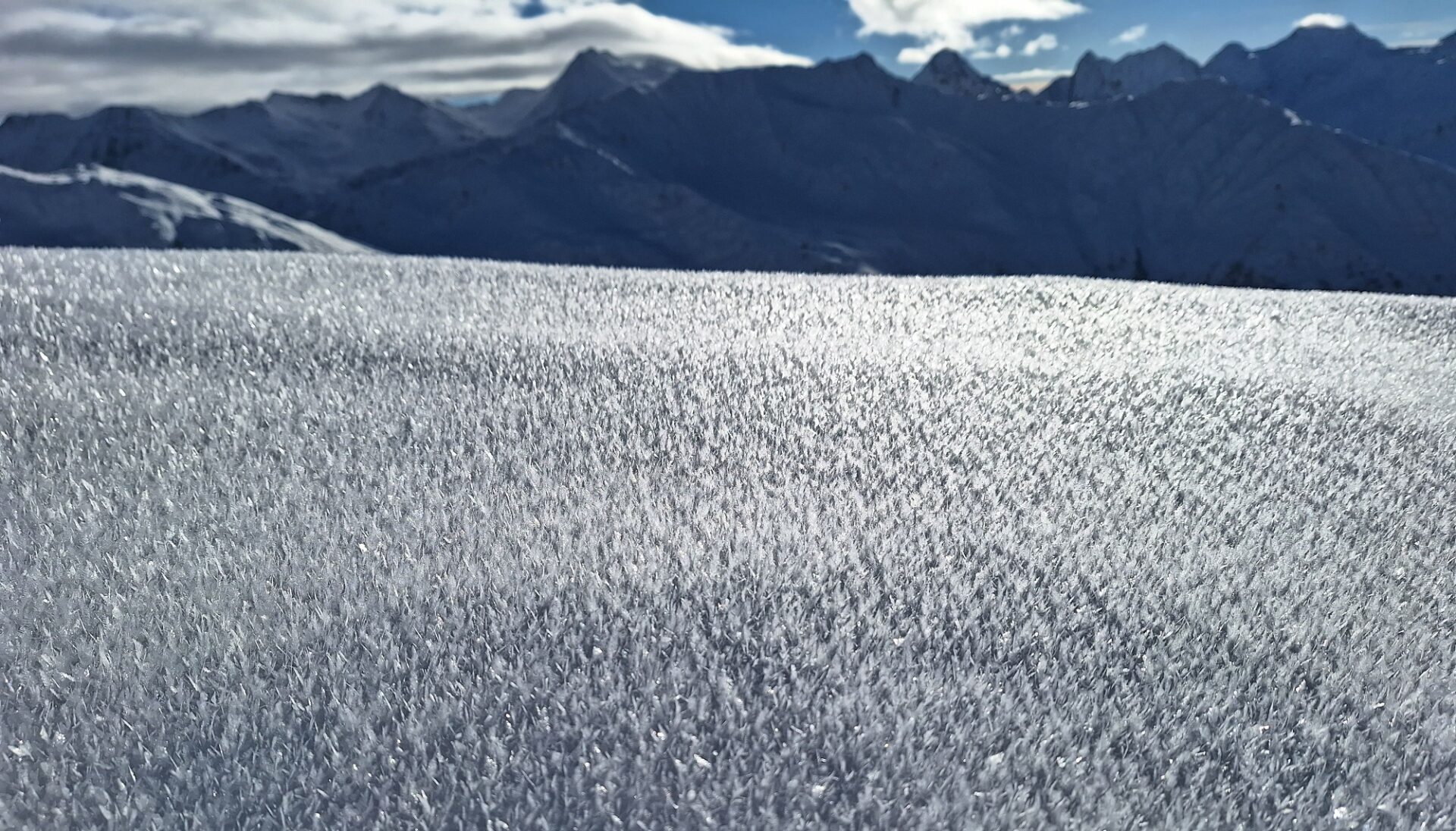
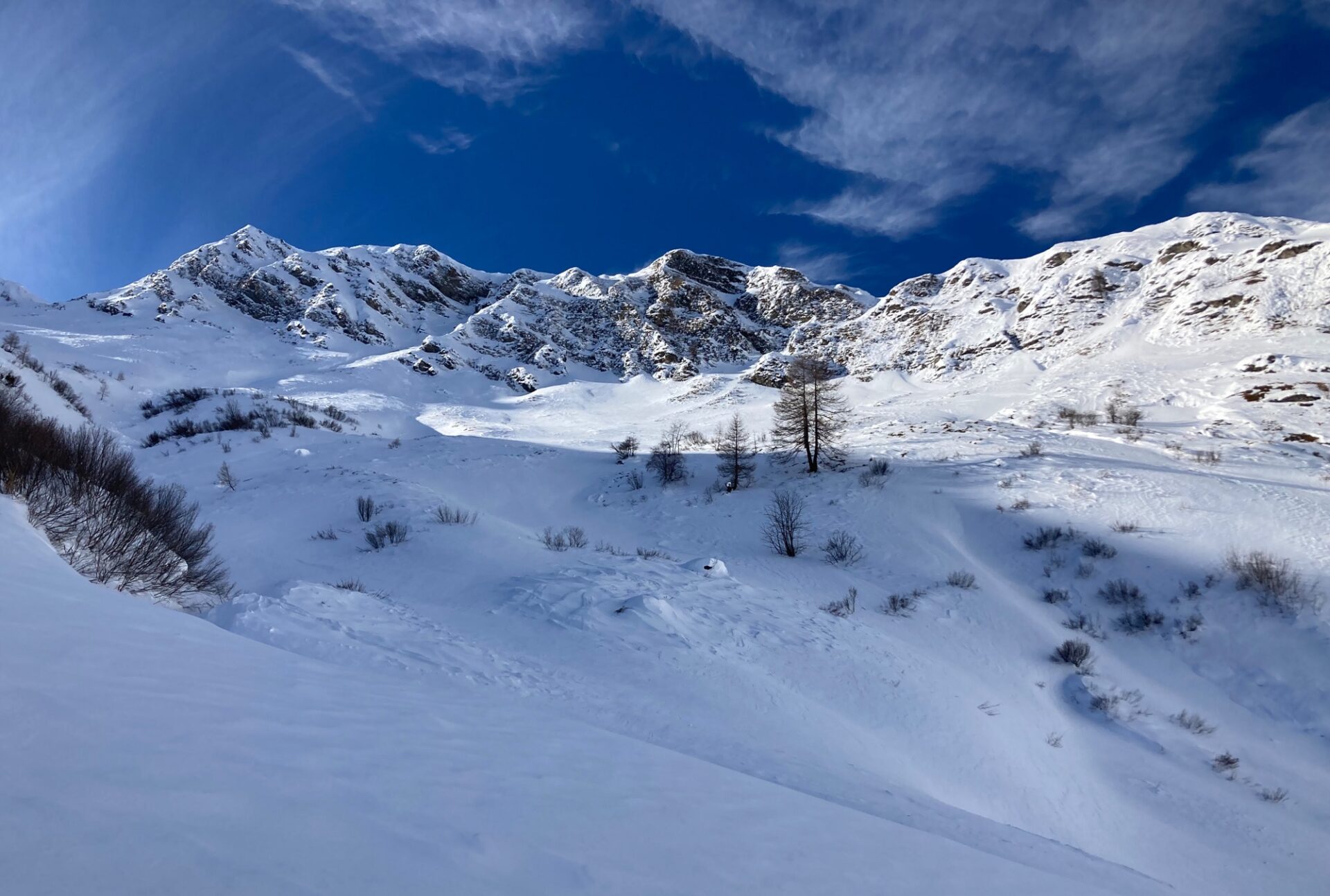
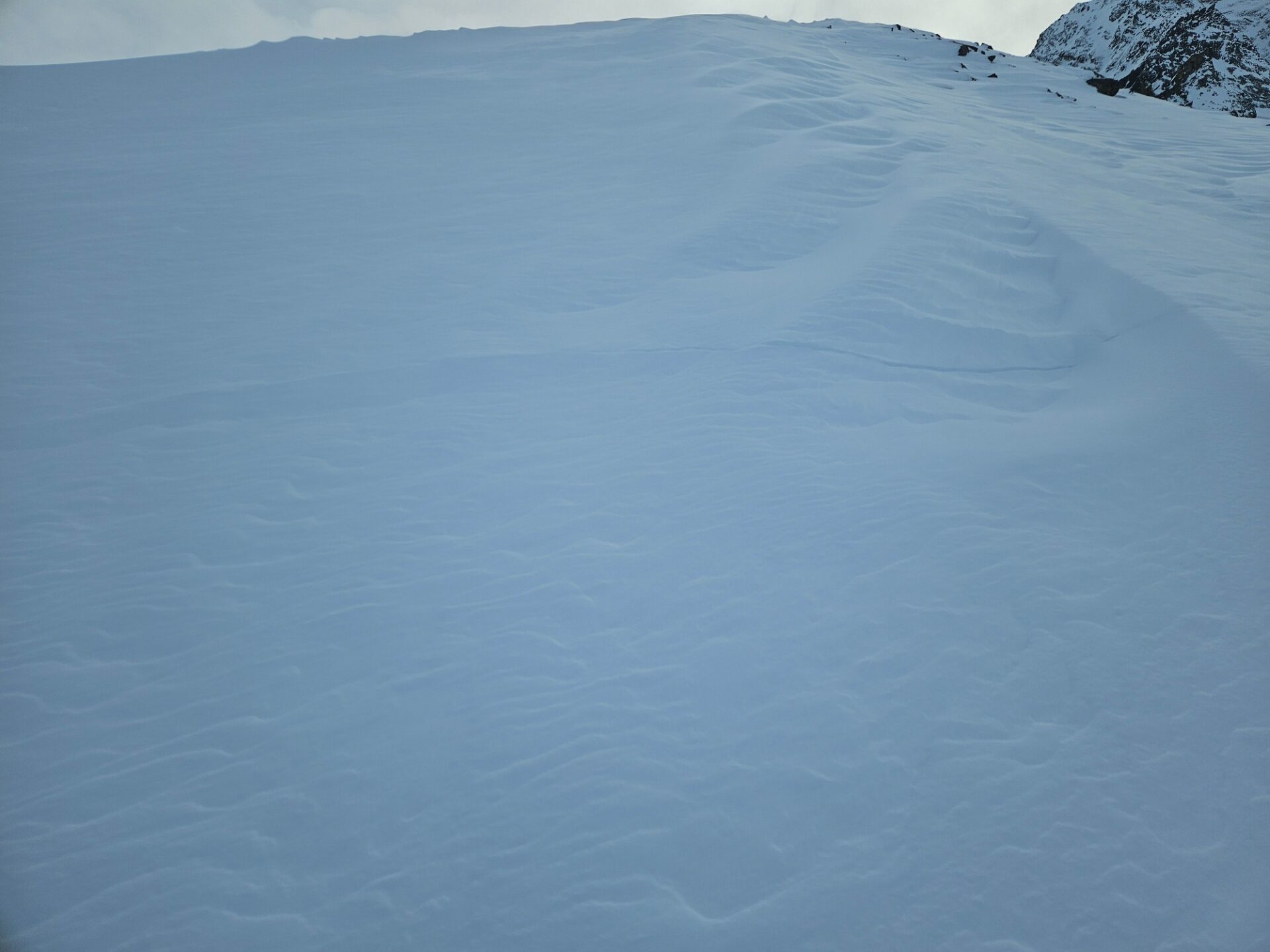
What’s next?
Variable in every sense of the word: repeated bouts of precipitation, a tendency towards rising temperatures with lots of ups and downs. Starting next week, intensive precipitation is predicted by GeoSphere, esp. in northwestern regions. The rainfall level could extend up to higher altitudes.
The avalanche situation isn’t expected to change significantly over the weekend.
